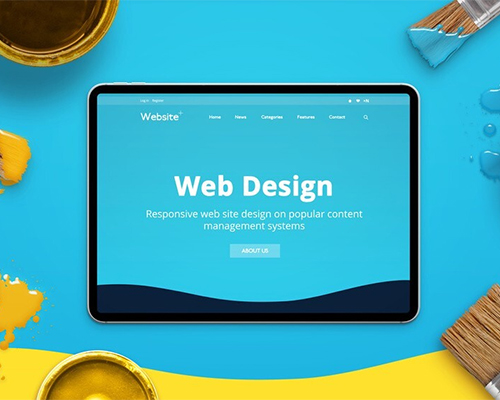The Psychology of Website Design: Understanding User Behavior

In the digital age, websites have become the go-to place for people to find information, make purchases, and connect with others. Therefore, the design of a website plays a crucial role in determining its success. In this article, we will explore the psychology of website design and how it can impact user behavior.
1. User-friendly and intuitive website design
It is important to understand that users visit a website with a specific goal in mind. They want to find the information they are looking for quickly and easily. Therefore, the design of a website must be user-friendly and intuitive. This means that the website’s layout, navigation, and overall design should be simple and easy to use. Users should be able to find what they are looking for without having to navigate through a maze of confusing menus and options.
2. Website colors influence their actions
The website’s color scheme can also impact user behavior. Colors have the power to evoke emotions and create certain moods. For example, warm colors such as red and orange can create a sense of urgency and excitement, while cool colors such as blue and green can create a sense of calm and relaxation. Therefore, the color scheme of a website should be carefully chosen based on the emotions and moods it wants to evoke in the user.
3. Use high quality visually appealing images
Another important aspect of website design is the use of images and visuals. Images can help to break up text and make the website more visually appealing. However, the images used should be relevant and high-quality. Poor-quality images can make the website look unprofessional and can negatively impact user behavior.
4. Have a professional website design
Website design can also impact the user’s sense of trust and credibility. Users are more likely to trust a website that looks professional and well-designed. Therefore, it is important to ensure that the website is well-designed and free from errors.
You may think it’s a matter of having a website, even if it’s cheap without concern of professional look and feel. Yes you may have one but it most-likely won’t serve meet your business goals.
A well-designed website can create a positive user experience, while a poorly-designed website can create a negative user experience. A positive user experience can lead to increased engagement and conversion rates, while a negative user experience can lead to high bounce rates and lost business.
5. Quality well formatted content
In addition to the design of the website, the content on the website also plays a crucial role in determining user behavior. The content should be easy to read and understand, and should be relevant to the user’s needs. The use of headings, bullet points, and white space can also help to break up the content and make it easier to read.
You may notice, most top websites currently have article content that doesn’t span the entire page width for improved readability, aesthetics, and consistency of the content across multiple devices (responsive design)
In conclusion, the psychology of website design is an important consideration when designing a website. By understanding user behavior and designing a website that is user-friendly, visually appealing, and trustworthy, website owners can create a positive user experience and increase engagement and conversion rates.
Resourceful links
Browse our portfolio for inspiration
Read more about our Theme Development & Customization services
Related article: The Future of Website Design: Trends to Watch Out For in 2023
—
Do you need professional help on your WordPress website? Reach out to us via email [email protected] or Whatsapp (+256) 774-633091
